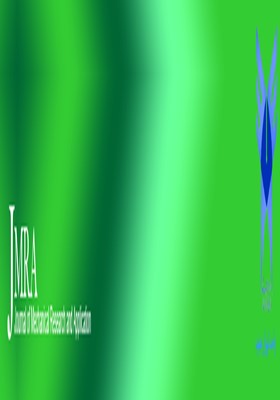Reducing the Airflow Separation Region and Turbulence around the Airfoil using a Body Force
محورهای موضوعی : Smart & Advanced Materialsوحید منفرد 1 , غلامرضا تطهیری 2 , علیرضا انصاری 3 , محمد بیگدلی 4
1 - Department of Mechanical Engineering, Zanjan Branch, Islamic Azad University, Zanjan, Iran.
2 - Department of Mechanical Engineering, Zanjan Branch, Islamic Azad University, Zanjan, Iran.
3 - Department of Mechanical Engineering, Zanjan Branch, Islamic Azad University, Zanjan, Iran.
4 - Department of Mechanical Engineering, Zanjan Branch, Islamic Azad University, Zanjan, Iran
کلید واژه: Turbulence, Flow separation, Stall, Plasma (DBD), Body force,
چکیده مقاله :
this study investigates the flow separation region on NACA 0012 airfoil at a constant Reynolds number using plasma actuators to create a net body force, and therefore controlling the airflow around rigid objects. These actuators are among the most popular methods in active flow control due to their easy installation, very short response time, and very low power consumption. The K-ω SST turbulence model has been used for simulation and numerical analysis of airflow on the airfoil. The lift coefficients are analyzed and investigated from different angles as well as the critical (stall) angle of attack. Obtained results show that with increasing angle of attack, eddy and return flows in the separation region increase and also the lift coefficient at the stall angle decreases sharply, therefore is causing energy loss. The aim of this study is to minimize the flow separation region and eddies so that the separated airflow from the airfoil is again smoothed over the airfoil surface using plasma actuator. Plasma actuator is defined as a UDF code in ANSYS Fluent software as a body force on the airfoil. In which the lift coefficient is increased with the activation of the plasma


